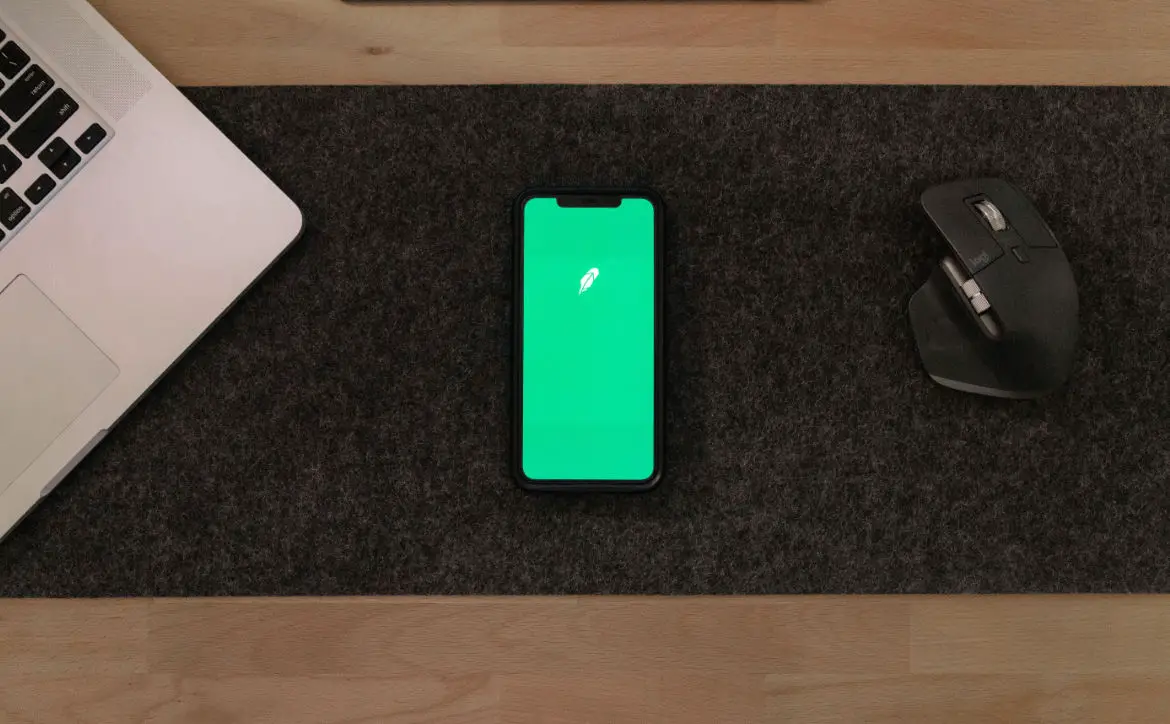Financial technology (FinTech) has become the new normal in the finance industry, with 75% of modern consumers using some form of payment service. And that’s just a small portion of what FinTech covers, too.
Estimated reading time: 4 minutes
Here are five ways these FinTech technologies are changing the payment process for consumers and businesses alike.
1. Improved Security
One of the most important changes that technology has brought is making payments more secure. EMV chips on credit and debit cards have reduced counterfeit fraud by 76%, according to Visa. These chips produce a unique transaction code for each purchase, keeping payment details private.
Virtual credit cards are a similar payment security technology. Services like Apple Pay and Capital One ENO use uniquely generated card information to stand in for your real credit or debit card. That way, if the payment service you used experiences a data breach, it won’t expose your real financial information.
Many banks and other financial institutions today also use AI to monitor for fraud. Machine learning algorithms analyze your history to highlight activity that doesn’t seem like something you’d do. They can then freeze the account before someone else uses all your money.
2. Peer-to-Peer Payments
Another one of FinTech’s biggest disruptions is the introduction of peer-to-peer (P2P) payment services. Apps like Venmo, CashApp and PayPal let users transfer money between each other with the push of a button. Consequently, it’s now easier than ever to pay someone back or send a gift.
Cash can enable peer-to-peer payments, but only 19% of transactions in 2021 used cash. Fewer people carry much physical money with them since the rise of credit cards, but P2P apps let them use digital currency as if they were cash. These also have the advantage of leaving an easily traceable transaction record, which cash payments don’t.
P2P payment apps also make crowdfunding easier than ever. People can send and accept donations without having to be in person, mail checks or deal with complicated intermediaries and high fees.

3. Increased Transparency
New technologies are also making payments more transparent. Blockchain transactions create digital records that virtually anyone can see, but no one can change, making it easy to trace where a payment came from and went. That way, people can ensure that their payments go where they intended.
Blockchains also enable smart contracts, which every party can see clearly and automatically execute when they meet predefined conditions. These programs help improve transparency in more complicated sales, like those involving a broker. While brokers typically charge around 10% for their fee, that can change, but smart contracts can clear any uncertainty for the seller.
While these technologies haven’t become mainstream yet, they’re seeing increasing adoption virtually every day. Before long, they could become standard practice.
4. Easier Cross-Border Payments
In the past, international transactions were complicated. Processing these payments would take time, and unclear conversion rates and stipulations could result in unexpectedly high fees. Cryptocurrency removes a lot of these obstacles, making it easier to send cross-border payments.
Most international payment systems today are not interoperable, but blockchains are. Transactions on a blockchain look and function the same anywhere in the world. One cryptocurrency token is also always worth one of itself, so using these instead of unequal fiat currencies removes the need for conversion.
By removing these roadblocks, cryptocurrency avoids the processes that cause delays and fees in traditional international transactions. This innovation could make e-commerce far easier and more accessible as the world becomes increasingly interconnected.
5. Loan Accessibility
New technologies are also making the process of applying for loans and insurance fairer. Traditionally, companies use resources like good driving records or credit scores to determine creditworthiness. However, these records often oversimplify the situation and may not provide an accurate picture of risk.
AI provides a better way forward. Some FinTech algorithms analyze more than 12,000 variables to give a more comprehensive picture of someone’s ability and willingness to make timely payments. These tools have resulted in approving up to 50% more applications in some areas, making financial resources far more accessible.
These algorithms can also help create highly customized loan terms or insurance policies. With enough data, AI models could generate a personalized contract within minutes, if not seconds, that provides the best deal for all parties. Both consumers and businesses would benefit from these technologies.
FinTech Is Revolutionizing How We Pay
These five use cases are just a sampling of the myriad of ways new tech is changing the payment process. As more organizations and users adopt these services, payments are becoming more accessible, secure, fair and affordable.
Many monetary problems that plague people today could become a thing of the past. FinTech has already revolutionized the financial industry, and this process has likely just begun. In a few years, as these technologies become more mainstream, they could serve far more areas and produce far more impressive results. As technology advances, new opportunities will emerge, further disrupting these crucial processes.
What do you think of FinTech? Please share your thoughts on any of the social media pages listed below. You can also comment on our MeWe page by joining the MeWe social network.










